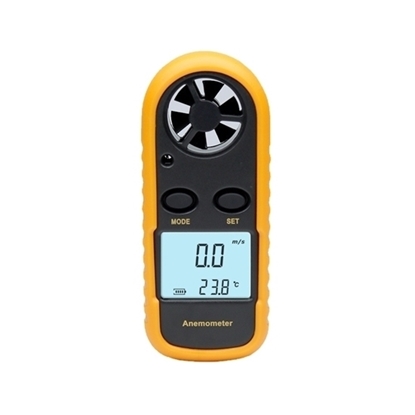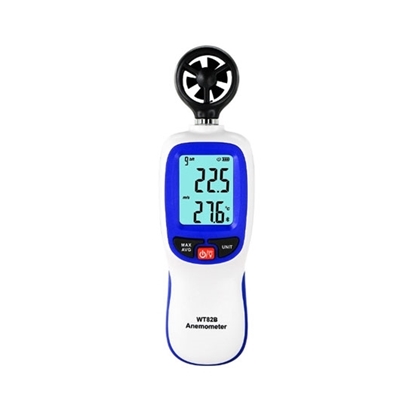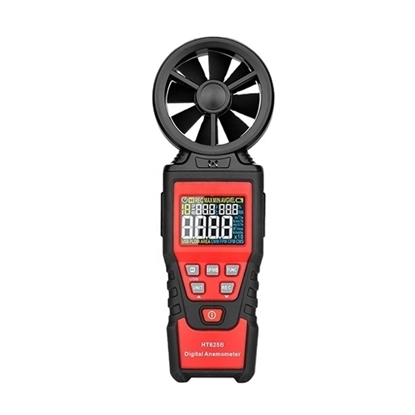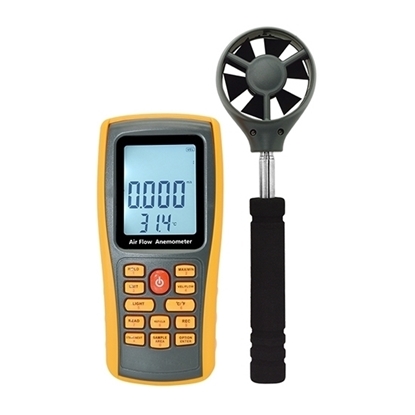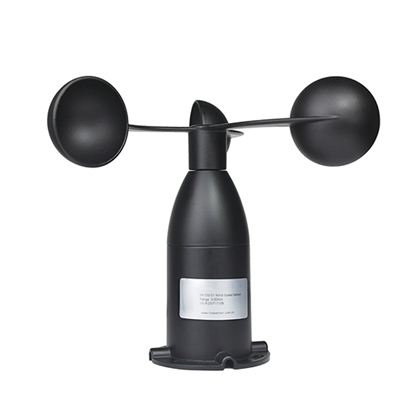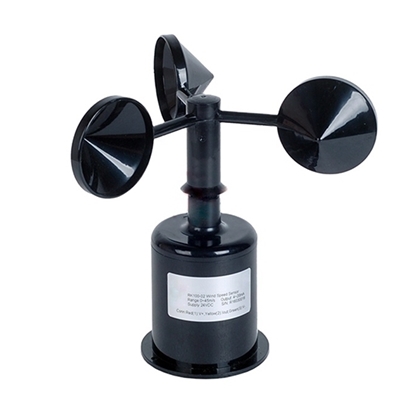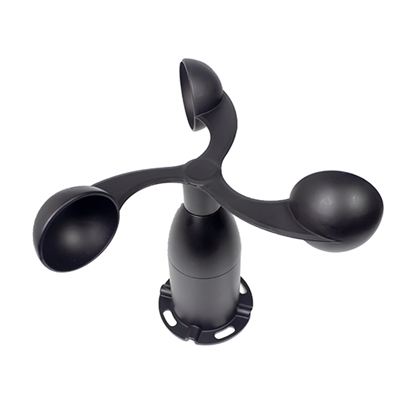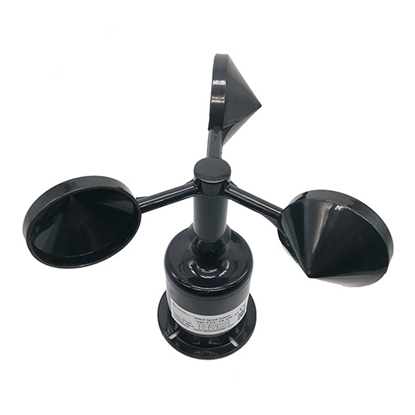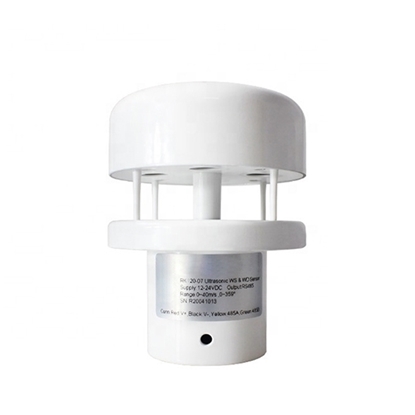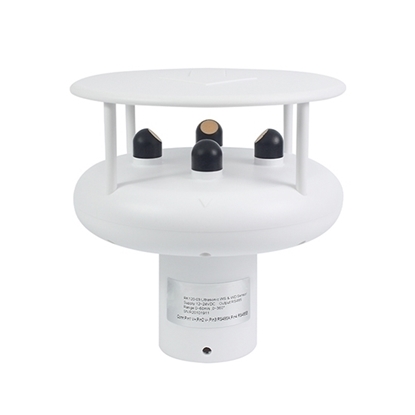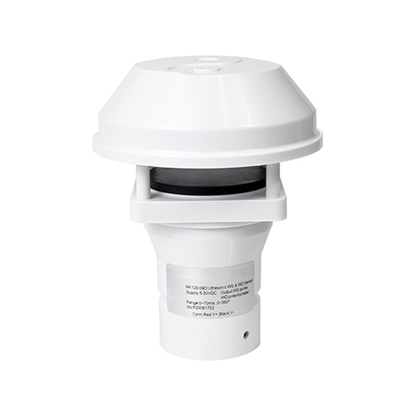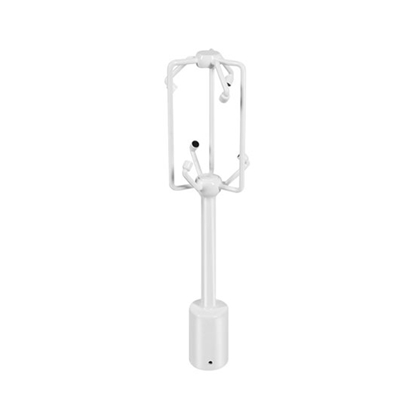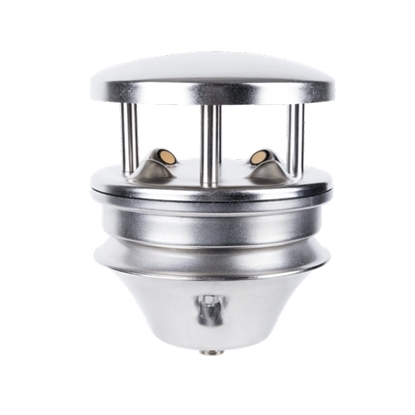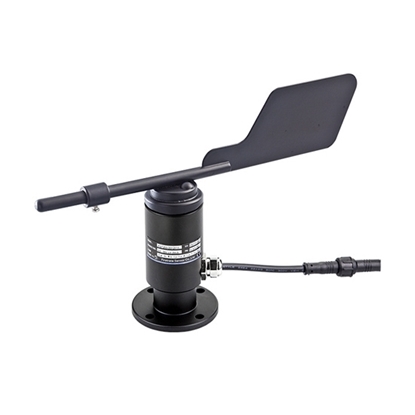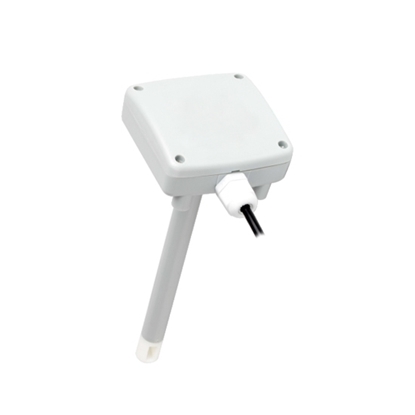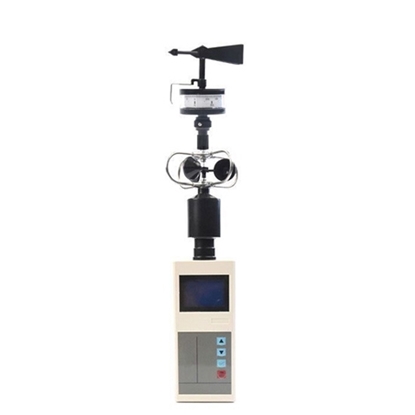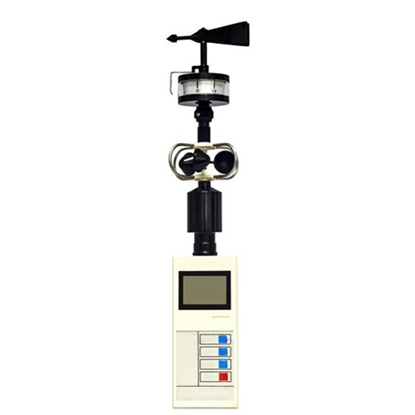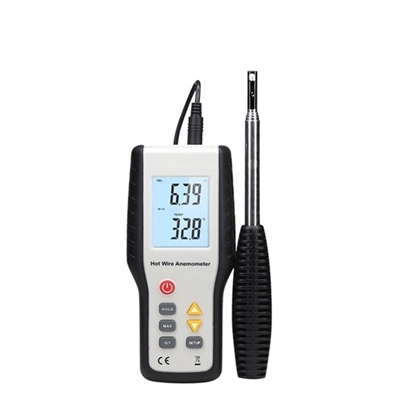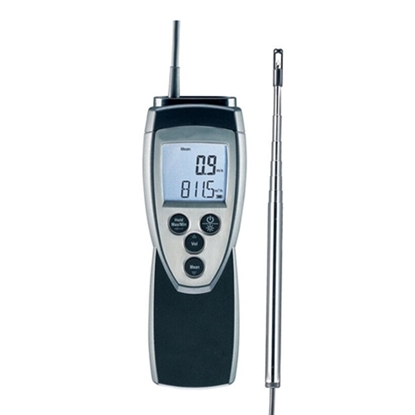Anemometer
Handheld Mini Anemometer, Vane Type, 0.3~30 m/s
Wireless Portable Vane Anemometer with Bluetooth, 0~30m/s
Handheld Digital Vane Anemometer, 0.4~30 m/s
Rotating Digital Vane Anemometer, 0~45 m/s
Industrial Large Vane Anemometer for HVAC
3-Cup Anemometer, 0~30 m/s Wind Speed Sensor, RS 485 Output
3-Cup Anemometer, 0~45 m/s Wind Speed Sensor, RS 485 Output
3-Cup Anemometer, 0~60 m/s Wind Speed Sensor, RS 485 Output
3-Cup Anemometer, 0~70 m/s Wind Speed Sensor, RS 485 Output
Ultrasonic Anemometer Sensor for Wind Speed & Direction, 40 m/s
Ultrasonic Anemometer Sensor for Wind Speed & Direction, 60 m/s
Ultrasonic Anemometer Sensor for Wind Speed & Direction, 70 m/s
Ultrasonic 3D Anemometer, Wind Speed Sensor, 0~50m/s
Ultrasonic Wind Speed and Direction Sensor, Stainless Steel
Wind Direction Anemometer sensor, 0~360°, RS485 Output
Wind Speed Anemometer Sensor, 0~30 m/s, Duct Mounted
Handheld Anemometer for Weather Station, 0~30 m/s
Wind Speed Meter, 0~30 m/s, Handheld
Hot Wire Anemometer, 0.1~25 m/s, Thermal Anemometer
Hot Wire Anemometer, 0~20 m/s, Thermal Anemometer
- 1
- 2
Anemometer is also called a wind meter, air velocity meter or wind gauge, which is an instrument for measuring wind speed and (or) direction. The wind speed measuring device is generally small, light and portable for use. Anemometer has wide applications in the weather station, industry, agriculture, HAVC, exhaust system, etc.
According to anemometer working principle and appearance, common types of wind meters are digital, vane, cup, ultrasonic, hot wire, thermos, windmill, pressure tube, and laser Doppler. For some anemometer, it is not only a tester for wind speed and direction measurement but also a multifunctional wind sensor measuring CFM, temperature, humidity and other specifications.
5 Anemometer Types for Measuring Wind Speed
Digital Vane Anemometer
A digital vane anemometer is a portable wind speed measurement device. The anemometer can read speeds of up to 45 m/s with an accuracy of about 2%. This wind meter is battery-powered. The digital anemometer is the best choice if you want to know the wind direction or wind speed information you may need during outdoor activities such as camping, hiking, sailing and hunting.
3 Cup Anemometer

ATO 3-cup anemometer is the most common type of anemometer. The three-cup anemometer is a commonly used measuring instrument in weather stations. It has a wind measurement range of 0~70m/s, and 0~360° wind direction measurement. Testing accuracy speed ± 3%, direction ± 3°. The wind speed meter measures air velocity and outputs voltage and current signals by electromagnetic induction.
Ultrasonic Anemometer

Cheap ultrasonic anemometer is a wind speed and direction measuring instrument that uses the difference in time or frequency between sending an acoustic pulse and measuring it at the receiving end to calculate wind speed and direction. The wind speed meter with wind speed measurement range of 0~40 m/s, 60m/s, and 70m/s is available on ATO.com.
Handheld Anemometer for Weather Station

Low cost handheld anemometer, also known as a weather station anemometer, is an instrument for measuring wind speed, It can measure not only wind speed but also wind direction, temperature, humidity and air pressure. A wind speed meter with a wind speed measurement range of 0~30 m/s is used for weather stations, airports, agriculture, etc.
Hot Wire Anemometer

Factory price hot wire anemometer is an instrument for measuring wind speed and temperature. Reliable handheld anemometer has a large display to show the value. The thermal anemometer has a wind speed sensor and temperature sensor. Its maximum wind speed range is 0~30m/s. The wind meter with a thermal stretchable probe is easy to carry and use.
How Does a Wind Meter Work?
The working principle of the wind anemometer is to put a thin wire in the fluid, and the wire is heated by an electric current to make the temperature higher than the temperature of the fluid, so the wire anemometer is called a "hot wire". When the fluid flows through the wire in a vertical direction, it will take away part of the wire's heat, causing the temperature of the wire to drop. According to the theory of forced convection heat exchange, it can be derived that there is a relationship between the heat Q dissipated by the heat line and the velocity v of the fluid. Standard hot wire probes consist of two brackets tensioned with a short, thin wire. Metal wires are usually made of metals with high melting points and good ductilities such as platinum, rhodium, and tungsten. The commonly used wire is 5 μm in diameter and 2 mm in length; the smallest probe is only 1 μm in diameter and 0.2 mm in length. According to different uses, the hot wire probe is also made into double wire, three-wire, oblique wire, V shape, X shape, etc. In order to increase the strength, sometimes a metal film is used to replace the metal wire, and a thin metal film is usually sprayed on a thermally insulating substrate, which is called a thermal film probe. Hotwire probes must be calibrated before use.
Static calibration is carried out in a special standard wind tunnel, measuring the relationship between flow rate and output voltage and drawing a standard curve. Dynamic calibration is carried out in a known pulsating flow field or adding a pulsating electrical signal to the heating circuit of the wind meter to verify the frequency response of the hot-wire anemometer. If the frequency response is not good, the corresponding compensation circuit can be used to improve it.
The Advantages of Wind Meter
- The anemometer has little interference with the flow field.
- Wind speed meter has a wide range of applications. Not only for gases but also for liquids, it can be used in subsonic, transonic and supersonic flows of gases.
- High measurement accuracy and good repeatability.
- In addition to measuring the average speed, the wind meter can also measure the pulsation value and the turbulent amount. In addition to measuring the movement in one direction, it can also measure the speed components in multiple directions at the same time.

What are the uses of an Anemometer?
Different seasons and different geographical situations will cause the wind direction in the atmosphere to change constantly. If the wind direction is different day and night by the sea, there are also different monsoons in winter and summer. Studying wind direction helps us predict and study climate change. Most wind anemometers are designed in the shape of arrows, and some are also made into animal shapes, like roosters. The arrow feather part of the anemometer will rotate with the wind direction. The anemometer should be installed in a place where there are no buildings or trees, etc., to block the movement of the wind.
Anemometers are widely used in electric power, steel, petrochemical, energy-saving and other industries. Several types of anemometers are used for measurement in sailing competitions, rowing competitions, and field shooting competitions in the Olympic Games. The wind meter is more advanced, in addition to measuring the wind speed, it can also measure the wind temperature and air volume. There are many industries that need to use anemometers, such as the fishing industry, various fan manufacturing industries, industries that require exhaust systems, and so on.

